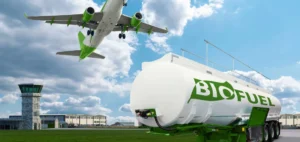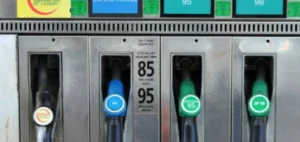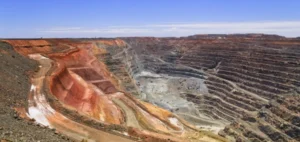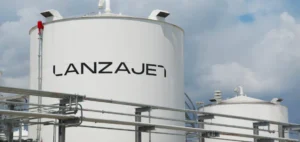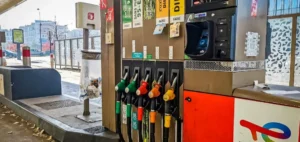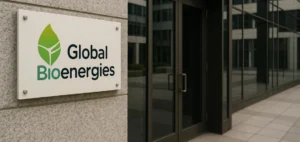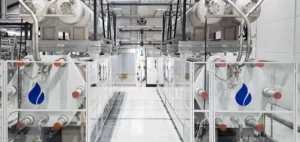Global copper demand is expected to reach 42.7 million tonnes per annum (Mtpa) by 2035, marking a 24% increase from current levels, according to research by Wood Mackenzie. This growth translates into an annual rise of 8.2 million tonnes, driven by ongoing industrial development, energy system transformation and digital infrastructure expansion.
Four major disruptors could further amplify this trend, potentially adding up to an extra three Mtpa to annual demand—equivalent to 40% of the projected overall increase. These elements may place additional pressure on supply chains and contribute to greater market volatility.
Data centres emerge as unpredictable market drivers
Among the identified disruptors, data centres represent the most volatile source of demand. The expansion of artificial intelligence is expected to require an additional 2,200 terawatt hours (TWh) of electricity by 2035, increasing copper demand by 1.1 Mtpa for grid infrastructure by 2030.
As copper accounts for less than 0.5% of total project costs, data centre developers remain largely indifferent to price fluctuations. A rapid acceleration in project development could therefore trigger price spikes exceeding 15% and rapidly deplete available inventories.
Electrification and EVs intensify supply pressure
Beyond the digital sector, the global energy transition is a major structural driver. The deployment of renewable energy systems is expected to increase copper consumption by two Mtpa over the next decade. Demand from this segment is projected to grow from 1.7 to 4.3 Mtpa by 2035.
Each electric vehicle contains up to four times more copper than a conventional model. The rise of electric mobility, combined with advancements in battery and charging systems, is set to double related copper demand over the same period.
Asian markets sustain long-term demand
India and Southeast Asia represent key growth regions for copper consumption. Their rapid industrialisation is expected to add 3.3 Mtpa in additional demand by 2035. Projected average annual growth rates stand at 7.8% for India and 8.2% for Southeast Asian nations.
Even partial replication of China’s industrial path could drive construction and power sectors in these regions to consume an additional 5.4 Mtpa. Copper consumption per capita remains well below global averages, indicating substantial long-term upside.
Military expenditure adds to resource pressures
Europe’s decision to increase defence budgets to 3.5% of gross domestic product (GDP) introduces a new source of market strain. While direct copper consumption is limited to between 25,000 and 40,000 tonnes annually over the coming decade, indirect impact—especially through critical infrastructure—is more significant.
Reinforced power networks and secured communication systems are particularly copper-intensive. The accelerated modernisation of military capacities worldwide adds an industrial dimension to demand with long-term implications for market balance.
Mining capacity remains inadequate for projected needs
To meet this growth, the market will need more than eight Mtpa in new mining capacity annually, along with an additional 3.5 Mtpa from scrap. Wood Mackenzie estimates that the baseline annual mine disruption rate may need to increase from 5% to 6%, removing up to 300,000 tonnes annually from the market.
In this constrained environment, the convergence of these four growth drivers could lead to extended periods of elevated prices and heightened volatility. The lack of investment in extraction capacity is emerging as a key risk to future market stability.



